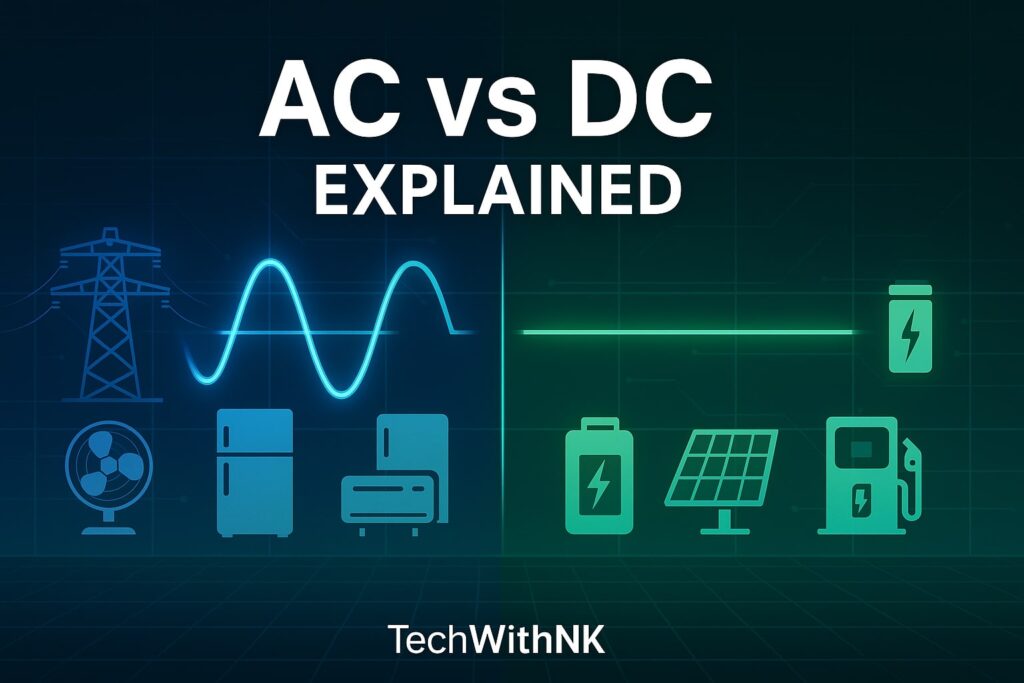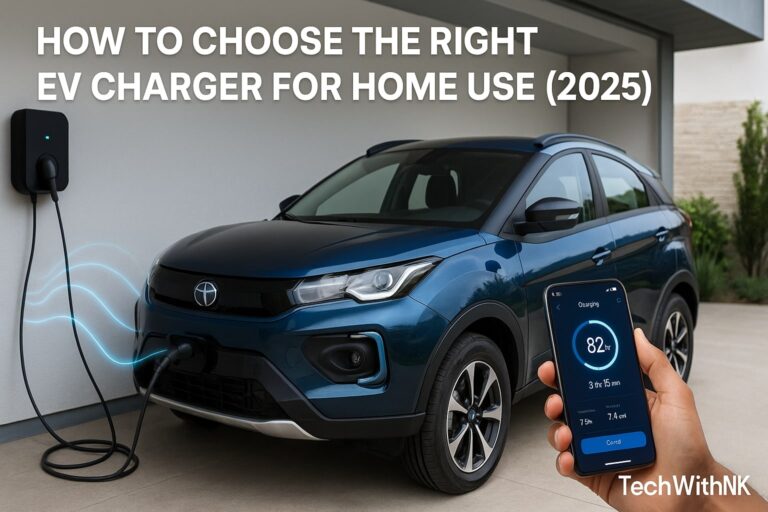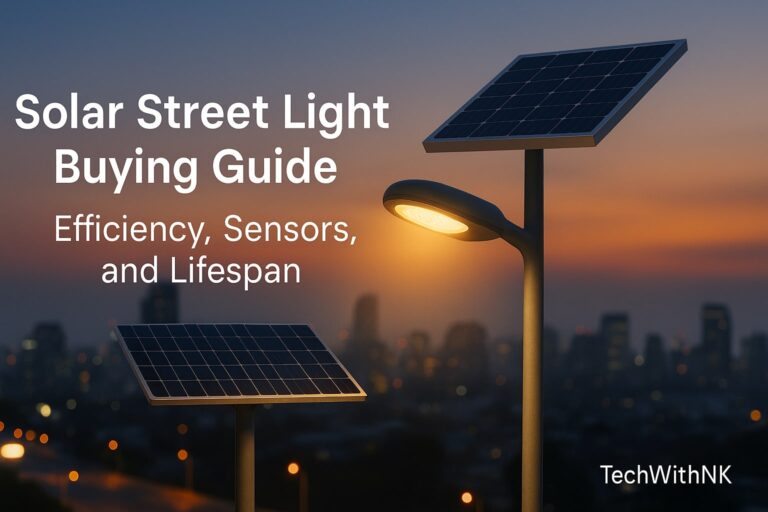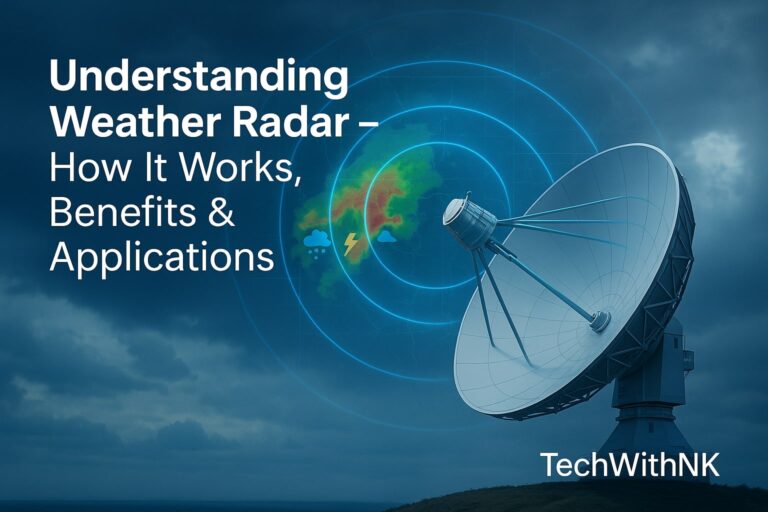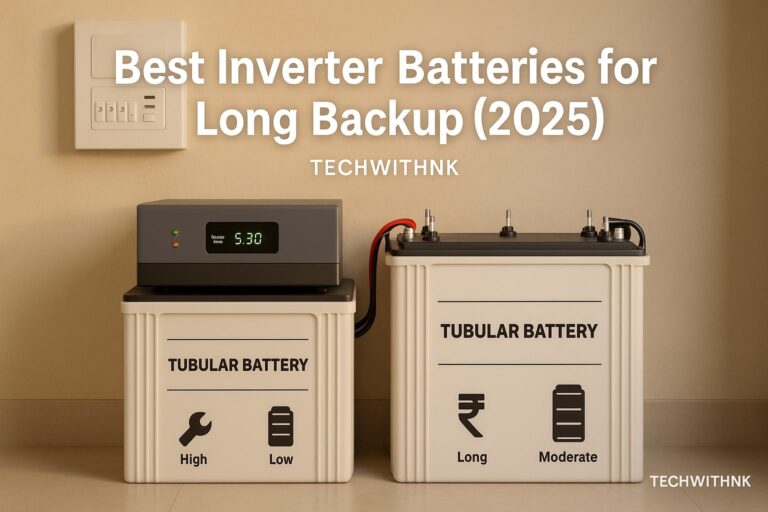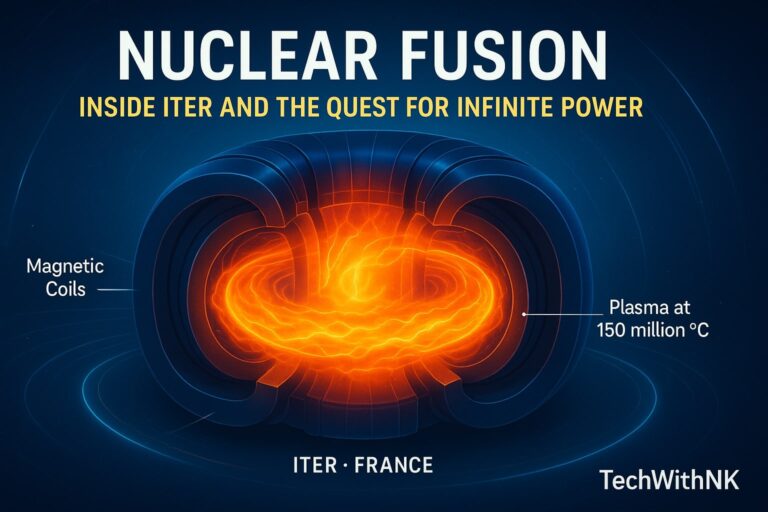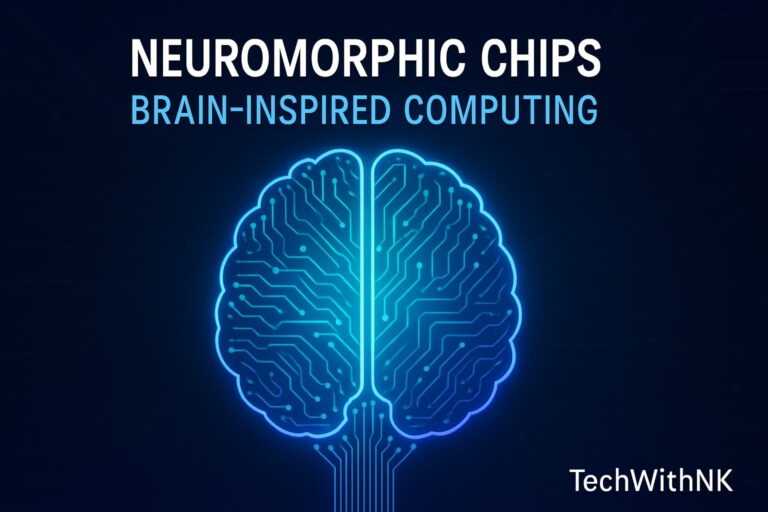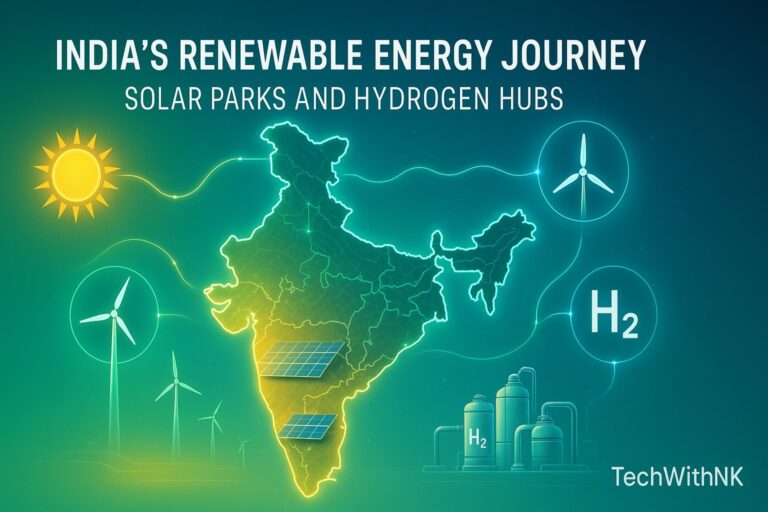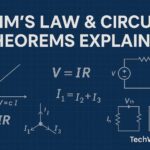The Foundation of Electricity and AC and DC
Electricity is the backbone of modern civilization. From the moment you switch on a light bulb in your room, charge your smartphone, or travel in an electric train, electricity is silently at work. But behind this seemingly simple phenomenon lies a fundamental classification of electric current into two main types: Alternating Current (AC) and Direct Current (DC).
The distinction between AC and DC is not just theoretical; it defines the very infrastructure of our power systems and electronics. While AC dominates power generation, transmission, and household supply, DC drives electronics, batteries, and digital devices.
Understanding the difference, advantages, and uses of AC and DC is crucial for engineers, students, and anyone interested in how the world is powered. In this blog, we’ll explore:
The scientific principles of AC and DC
Their historical development (including Tesla vs Edison’s “War of Currents”)
Key differences in operation, advantages, and limitations
Real-world applications across industries and daily life
Mathematical models and equations
Future trends like HVDC transmission, EV charging, and DC microgrids

What is Electric Current?
At its core, electricity is simply the movement of charged particles (mainly electrons) through a conductor like copper wire. This movement is called electric current.
Definition: Electric current is the rate of flow of charge in a conductor.
Unit: Ampere (A).
Mathematically,
I=Q/t
Where:
I = Current (Amperes)
Q = Charge (Coulombs)
t = Time (seconds)
Types of Current
Direct Current (DC): Flows in one direction only.
Alternating Current (AC): Reverses direction periodically.
Both AC and DC have unique characteristics, advantages, and applications.
Direct Current (DC) Explained
Definition
Direct Current (DC) is the unidirectional flow of electric charge. In DC, electrons move in one fixed direction, and the voltage remains constant.
Sources of DC
Batteries (AA cells, car batteries)
Solar panels
Fuel cells
Rectifiers (AC to DC converters)
DC Waveform
When plotted against time, DC appears as a straight line parallel to the time axis (constant value).
DC Voltage vs Time
—————–
|
|—————
|
—————– Time →
Characteristics of DC
Constant polarity (positive and negative remain fixed).
Zero frequency (steady supply).
Energy is stored in chemical or electrochemical form in batteries.
Applications of DC
Electronics (mobile phones, laptops, microprocessors)
Electric vehicles (EV batteries)
Renewable energy storage (solar power, wind with battery backup)
Data centers (servers often use DC internally)
Alternating Current (AC) Explained
Definition
Alternating Current (AC) is the flow of electric charge that periodically reverses direction. In AC, both voltage and current vary sinusoidally with time.
Sources of AC
AC generators (alternators)
Power plants (thermal, hydro, nuclear, wind)
Inverters (DC to AC converters)
AC Waveform
The most common AC waveform is a sine wave:
- V(t)=Vmax⋅sin(2πft+ϕ)
- Where:
- Vmax = maximum voltage
- f = frequency (50 Hz in India/Europe, 60 Hz in USA)
- ϕ = phase angle
- Voltage alternates between positive and negative.
- Frequency:
- 50 Hz (India, Europe, Asia)
- 60 Hz (USA, Canada, parts of South America)
- Easy to transform into higher or lower voltages.
Applications of AC
Household electricity (fans, refrigerators, TVs)
Industrial machines (motors, compressors, pumps)
Long-distance power transmission
Railway traction

Historical Background: The War of Currents AC and DC
In the late 19th century, the world witnessed the famous “War of Currents” between Thomas Edison (supporting DC) and Nikola Tesla + George Westinghouse (supporting AC).
Edison’s DC was simple and safe for short distances but inefficient for transmission.
Tesla’s AC allowed stepping up voltages using transformers, making it more suitable for long-distance transmission.
Key milestones:
1882: Edison builds the first DC power station in New York.
1888: Tesla patents the AC induction motor.
1893: Westinghouse wins contract to power Chicago World’s Fair using AC.
1896: Niagara Falls hydroelectric plant transmits AC power to Buffalo, NY.
AC emerged as the global standard for power transmission and distribution, though DC never disappeared.
AC and DC: The Key Differences
| Feature | AC (Alternating Current) | DC (Direct Current) |
|---|---|---|
| Direction | Changes periodically | Constant, one-way |
| Waveform | Sinusoidal (or square/triangular) | Straight line |
| Source | Generators, alternators | Batteries, solar cells |
| Transmission | Long distances, efficient | Short distances |
| Frequency | 50/60 Hz | 0 Hz |
| Conversion | Easy (AC → DC via rectifiers) | Harder (DC → AC via inverters) |
| Safety | More dangerous at high voltages | Relatively safer at low voltage |
| Applications | Homes, industries, transmission | Electronics, EVs, data centers |

Advantages and Disadvantages Of AC and DC
Advantages of AC
Easy to step-up/down using transformers.
Efficient for long-distance transmission.
Lower transmission losses (at high voltages).
Standardized for homes and industries.
Disadvantages of AC
Higher shock risk at high voltage.
Not directly usable by electronics (needs rectifiers).
Synchronization issues in power grids.
Advantages of DC
Stable, smooth supply.
Ideal for low-voltage applications.
Efficient in short-distance transmission.
Essential for electronics and storage.
Disadvantages of DC
Difficult to step-up/down voltage (requires power electronics).
Expensive for long-distance transmission.
Limited historical adoption in large-scale grids.

Applications in Daily Life and Industry
AC Applications
Homes: fans, lights, refrigerators, ACs.
Industry: motors, compressors, pumps.
Transport: trains, trams, metros.
Medical Equipment: MRI machines, X-ray systems.
DC Applications
Electronics: laptops, smartphones, microcontrollers.
Renewables: solar panels, wind turbines (storage).
Electric Vehicles: batteries, fast charging.
Data Centers: servers run on DC internally.
Telecom: DC backup systems.
Case Studies: Real-World Examples
India’s Power Grid – AC for national transmission, HVDC for inter-regional links.
Tesla EV Superchargers – Deliver high-voltage DC directly to batteries.
Data Centers (Google, Amazon, Microsoft) – Converting to DC supply to reduce losses.
HVDC Projects – China’s UHVDC lines transmit 800 kV DC over thousands of km.

The Future of AC and DC
HVDC Transmission: Reducing losses, enabling renewable integration.
DC Microgrids: Homes powered by local DC circuits.
EV Infrastructure: DC fast charging at 350–800V.
Hybrid AC-DC Grids: Future power systems may combine both.
FAQs
Q1. What is the main difference between AC and DC?
AC reverses direction periodically; DC flows in one direction only.
Q2. Which is safer, AC or DC?
At low voltages, DC is safer. At high voltages, both are dangerous.
Q3. Why do we use AC at home?
Because it can be transmitted efficiently and voltage can be easily changed.
Q4. Can we run electronics directly on AC?
No, they require DC, which is why chargers and adapters convert AC to DC.
Q5. Why are batteries DC?
Because chemical reactions produce current in a single direction.
Q6. What frequency does AC use?
50 Hz in most countries, 60 Hz in USA/Canada.
Q7. Who invented AC?
Nikola Tesla developed AC motors and transmission systems.
Q8. What was Edison’s role?
Edison promoted DC systems during the War of Currents.
Q9. Why is DC used in EVs?
Batteries store and discharge DC only.
Q10. Can solar panels generate AC?
No, they generate DC, which is later inverted to AC.
Q11. What is HVDC?
High Voltage Direct Current – efficient for long-distance transmission.
Q12. What’s the RMS value in AC?
Effective value of AC voltage/current equivalent to DC.
Q13. Which current is more efficient?
AC is efficient for long-distance; DC is efficient for electronics.
Q14. Why do laptops need adapters?
Because laptops run on DC, but wall sockets supply AC.
Q15. Can AC be converted to DC?
Yes, with rectifiers.
Will DC replace AC?
Unlikely; both will coexist, with DC gaining importance in EVs and renewables.
. Is USB power AC or DC?
USB provides DC power (typically 5V, 9V, or 12V).
Can DC be converted to AC?
Yes, with inverters.
